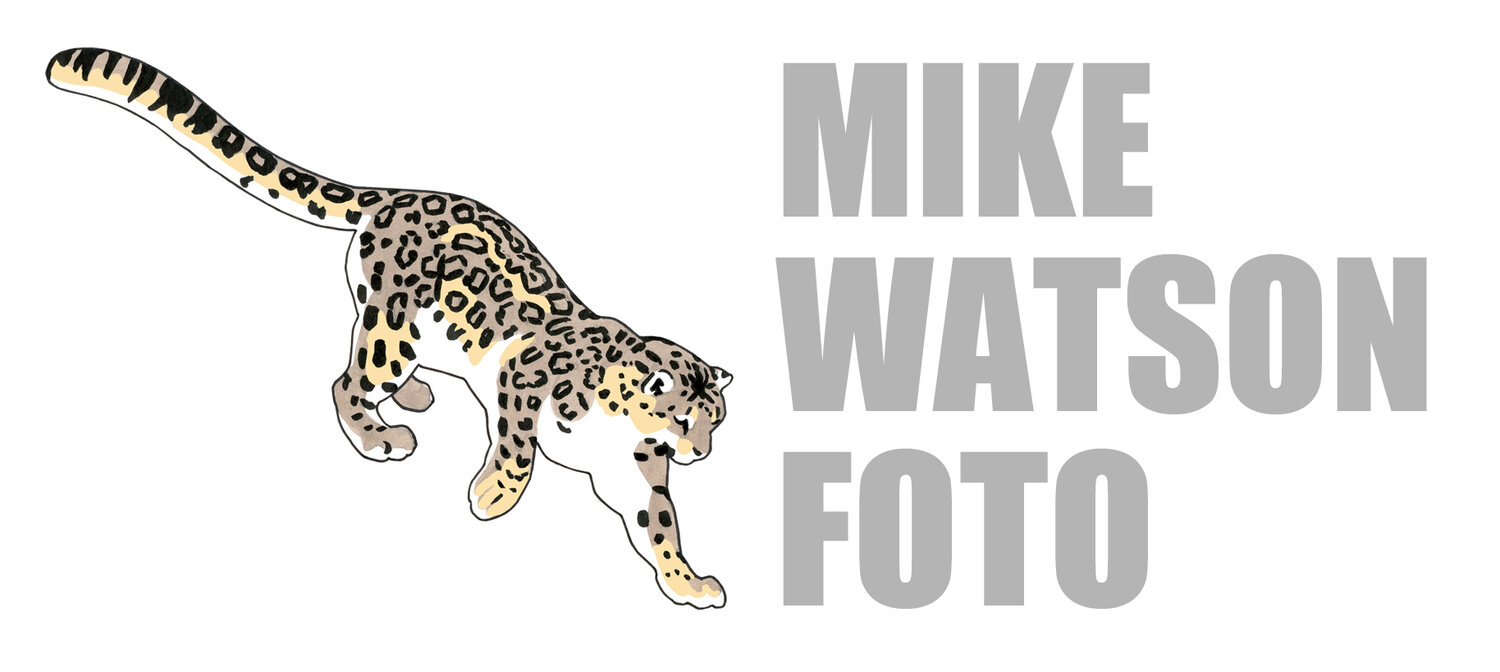Pallas’s Cat, Tso Kar [Mike Watson]
We were already thrilled by a great morning at Tso Kar that included Argali, Ground Tit, Upland Buzzard, Blanford’s Snowfinch and point blank Tibetan Sandgrouse but there was even more to come in the afternoon to make this my ultimate Tso Kar day and one of my best wildlife days ever. After a late lunch and a short break we set off again, hoping for a wolf, the last piece in our jigsaw, or so we thought. While cruising along slowly and checking some roadside birds I noticed a small cat trotting along the snow-free road ahead of us. It couldn’t be surely, could it? Well it was! Otzer turned on the gas and as we neared it, the cat veered off the road and crouched in front of a small raised patch of ground only a few metres away as I fired off a few frames at what was now clearly a Pallas’s Cat!!! Significantly rarer and more difficult to see in Ladakh than Snow Leopard, Jigmet mentioned that although he had now seen Snow Leopard more than 300 times but this was only his second Pallas’s Cat! The cat was clearly very cross at being disturbed and headed off across a nearby snowfield, pausing to scowl back at us every now and again. All three of our cars could watch its progress across the deep snow, a huge WOW moment for all of us. After a while a search party was assembled and Jigmet and his boys tracked the cat to a gully around half a kilometre away, where its trail went cold on bare ground. Time ticked away and the group of searchers dwindled, some connecting with a wolf that David Salt had spotted walking across the snow in front of the vehicles back at the roadside. However, after everyone else had given up and gone back to the Eco Resort at Thukje, Gyaltsen and Changchuk re-found the cat sitting at the entrance to a den in a small outcrop. Sadly too late for anyone to return in daylight and all that could be done was to admire the face-only portraits on their smartphones at evening meal.
Pallas’s Cat tracks at Tso Kar [Mike Watson]
Pallas’s Cat den, Tso Kar [Mike Watson]
Next morning we woke up and under clear skies it really was flipping freezing - a minimum of -32 Celsius was recorded just before dawn. Tso Kar acts as a cold sink for the air on the surrounding mountains. Our guys had stayed up all night keeping the vehicles ticking over so we were ready to roll. We headed out to the Pallas’s Cat den again but in a nutshell there was no sign this morning of its feisty little occupant, who was either fast asleep inside or had moved off to another nearby bolt-hole, of which there appeared to be several, along with more than one set of tracks! We had lunch and decided to get out of Tso Kar and enjoy some heating back in the Indus Gorge at Chumathang, our results at Tso Kar being well and truly off the scale. We crossed the now much snowier Polokonka La without incident, seeing a few Tibetan Snowcocks and en route Jigmet conjured up some great views of Stolicka’s Mountain Voles roadside at Puga Somdo, much to the delight of our small mammal enthusiast Linda. Some of the hot springs had plumes of ice frozen over them, such is the extreme cold here that boiling water freezes in the air.
Pallas’s Cat, Tso Kar [Mike Watson]

